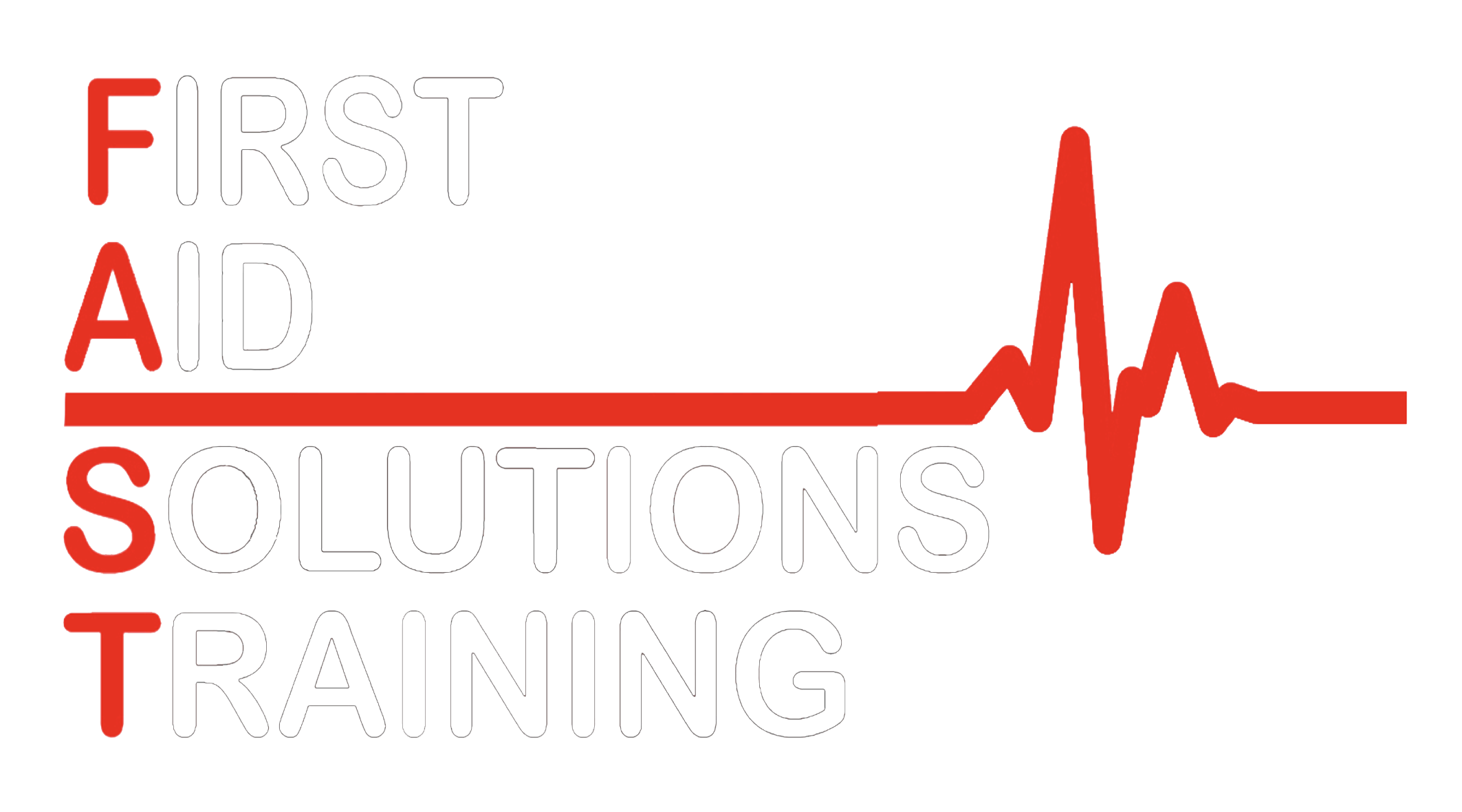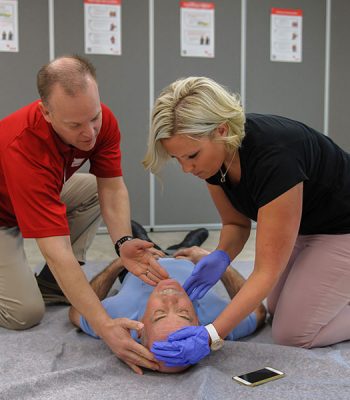Learning Outcomes:
Unit 1: Emergency Pediatric First Aid
1. Understand the role and responsibilities of the pediatric first aider
- 1.1 Identify the role and responsibilities of a pediatric first aider
- 1.2 Identify how to minimise the risk of infection to self and others
- 1.3 Differentiate between an infant and a child for the purposes of first aid
2. Be able to assess an emergency situation safely
- 2.1 Conduct a scene survey
- 2.2 Conduct a primary survey on an infant and a child
- 2.3 Summon appropriate assistance when necessary
3. Be able to provide first aid for an infant and a child who are unresponsive
- 3.1 Identify when to administer Cardio Pulmonary Resuscitation (CPR)
- 3.2 Demonstrate CPR using an infant and a child manikin
- 3.3 Justify when to place an infant or a child into the recovery position
- 3.4 Demonstrate how to place an infant and a child into the recovery position
- 3.5 Demonstrate continual monitoring of breathing for and infant and a child whilst they are in the recovery position
- 3.6 Identify how to administer first aid to an infant or a child who is experiencing a seizure
4. Be able to provide first aid for an infant and a child who are choking
- 4.1 Identify when choking is: Mild or Severe
- 4.2 Demonstrate how to administer first aid to an infant and a child who is choking
5. Be able to provide first aid to an infant or a child with external bleeding
- 5.1 Identify the severity of external bleeding for an infant and a child
- 5.2 Demonstrate how to administer first aid to an infant or a child with external bleeding
6. Know how to provide first aid to an infant or a child who is suffering from shock
- 6.1 Recognise when an infant or a child is suffering from shock
- 6.2 Identify how to administer first aid to an infant or a child who is suffering from shock
7. Know how to provide first aid to an infant or a child with bites, stings and minor injuries
- 7.1 Identify how to administer first aid for: • Bites • Stings • Small cuts • Grazes • Bumps and bruises • Small splinters • Nosebleeds
Unit 2: Managing pediatric illness, injuries and emergencies
1. Be able to administer first aid to an infant or a child with suspected injuries to bones, muscles and joints
- 1.1 Recognise a suspected: Fracture or dislocation and Strain or Sprain
- 1.2 Identify how to administer first aid for an infant or a child with a suspected: Fracture or dislocation and Strain or Sprain
- 1.3 Demonstrate how to apply a support sling and an elevated sling
2. Be able to provide first aid to an infant or a child with suspected head and spinal injuries
- 2.1 Recognise a suspected: Head Injury and Spinal Injury
- 2.2 Identify how to administer first aid for an infant or a child with a suspected head injury
- 2.3 Demonstrate how to administer first aid for an infant or a child with a suspected spinal injury
3. Know how to provide first aid to an infant or a child with conditions affecting the eyes, ears and nose
- 3.1 Identify how to administer first aid for an infant or child with a foreign body in the: Eye, Ear and Nose
- 3.2 Identify how to administer first aid for an infant or a child with an eye injury
4. Know how to provide first aid to an infant or a child with an acute medical condition or sudden illness.
- 4.1 Recognise suspected: • Diabetic emergencies • Asthma attack • Allergic reaction • Meningitis • Febrile convulsions
- 4.2 Identify how to administer first aid for an infant or a child who is suspected to be suffering from • Diabetic emergency • Asthma attack • Allergic reaction • Meningitis • Febrile convulsions.
5. Know how to provide first aid to an infant and a child who is experiencing extremes of body temperature.
- 5.1 Recognise when an infant or a child is suffering from extreme cold and extreme heat
- 5.2 Identify how to administer first aid for an infant or child who is suffering from: extreme cold • extreme heat
6. Know how to provide first aid to an infant or a child who has sustained an electric shock
- 6.1 Identify how to safely manage an incident involving electricity
- 6.2 Identify how to administer first aid for an infant or child who has suffered an electric shock
7. Know how to administer first aid to an infant or a child with burns or scalds
- 7.1 Identify how to recognise the severity of burns and scalds
- 7.2 Identify how to administer first aid for an infant or a child with burns and scalds
8. Know how to administer first aid to an infant or a child with suspected poisoning
- 8.1 Identify how poisonous substances can enter the body
- 8.2 Identify how to administer first aid for an infant or child with sudden poisoning
9. Be able to provide first aid to an infant or child with anaphylaxis
- 9.1 Recognise suspected anaphylaxis in an infant or a child
- 9.2 Identify how to administer first aid for an infant or a child with suspected anaphylaxis
- 9.3 Demonstrate the use of a training device adrenaline auto-injector.





